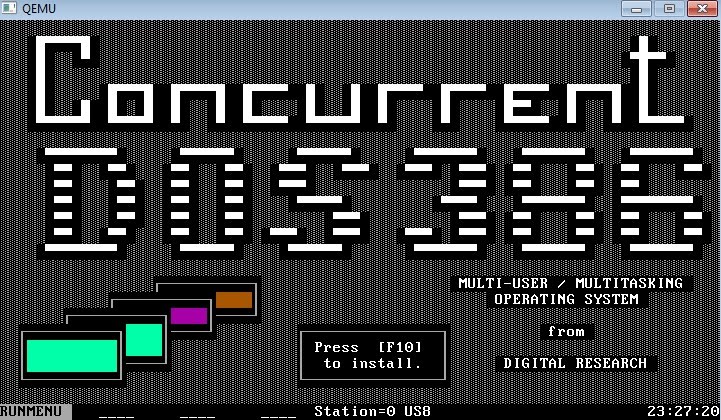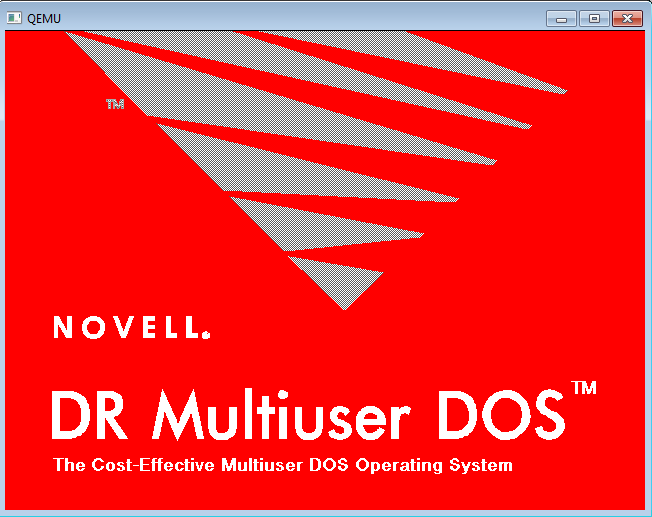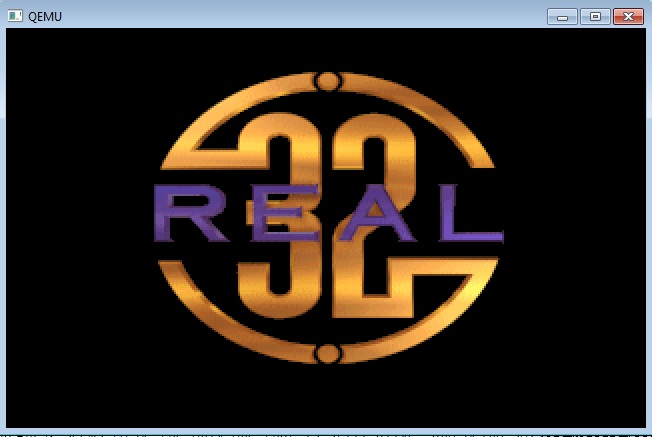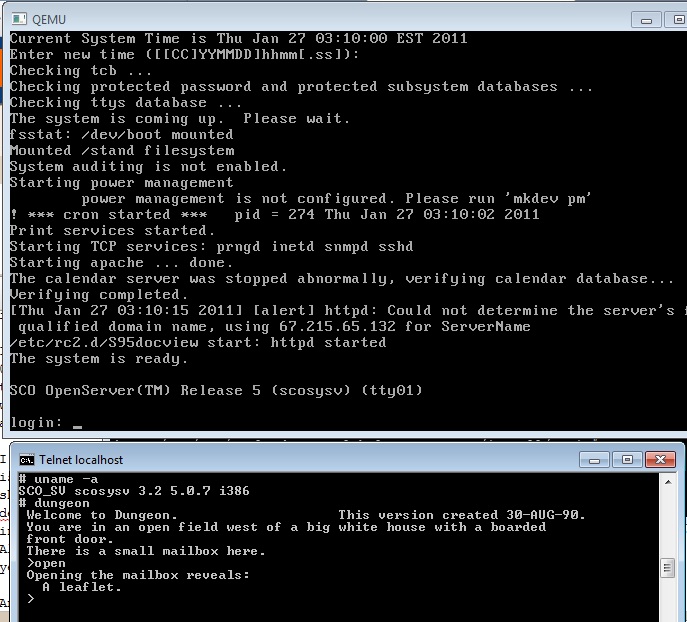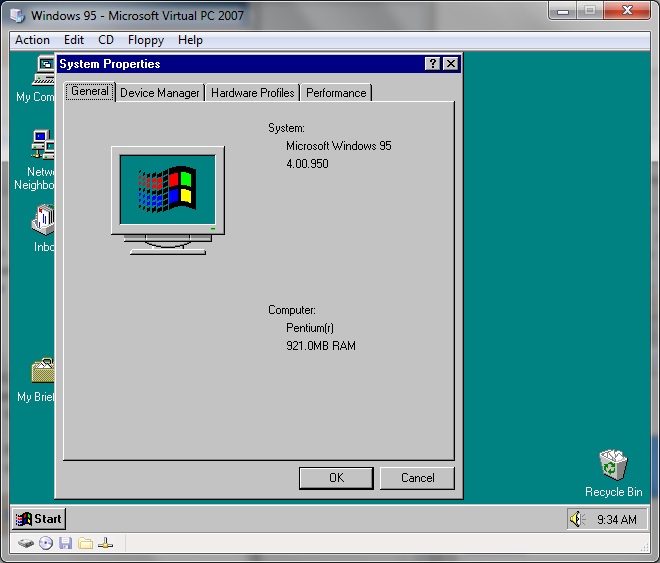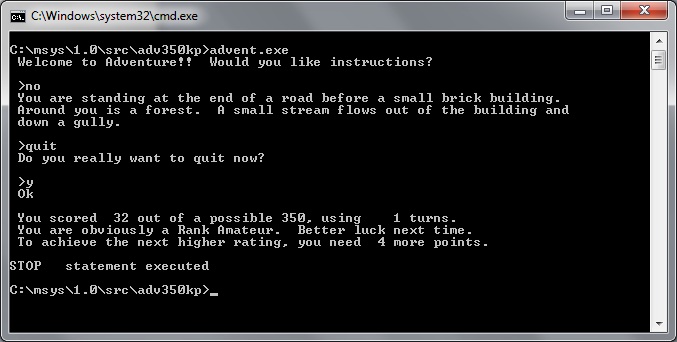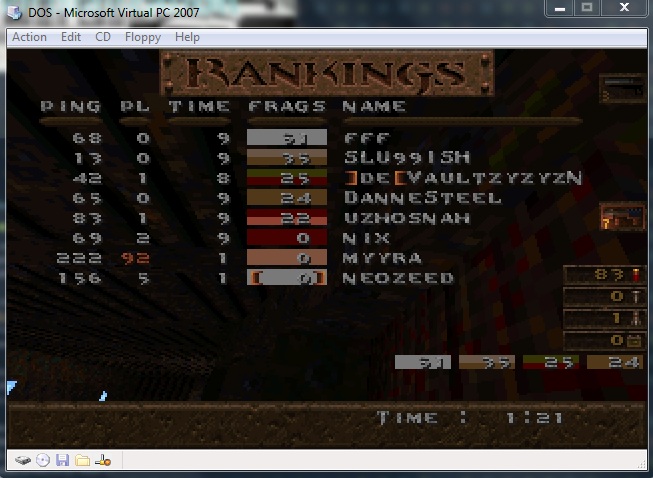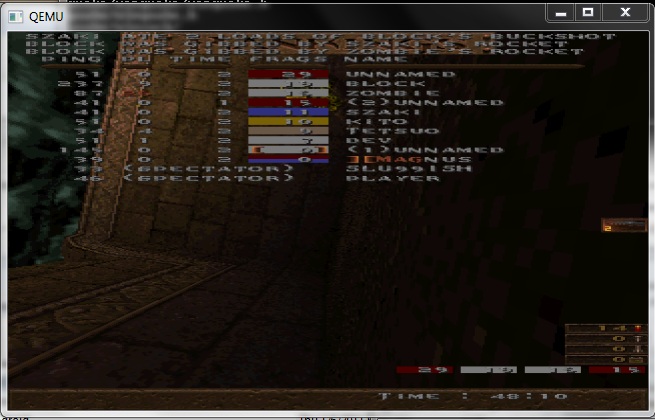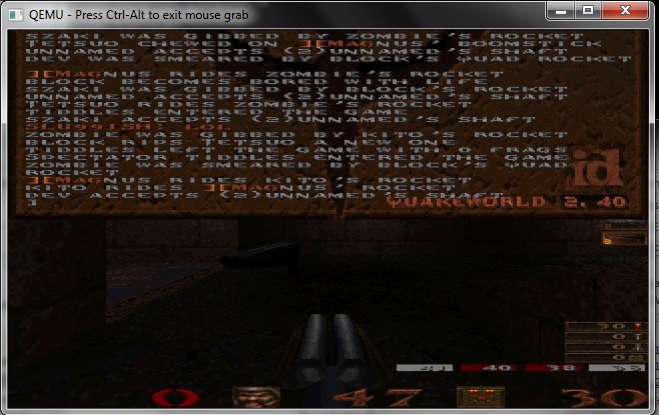Concurrent DOS/386 was a successor to MP/M, from Digital Research.
I’ve been able to track down a few versions:
- version 2, released November 17, 1987
- version 3, released February 23, 1988
What is interesting is that these versions include a CP/M 8086 emulator. I would imagine that would be a ‘big deal’ for users of the older MP/M to migrate into a newer 80386 environment. From what I’ve seen in other places these were compatible with MS-DOS 3.0 . It can also read extended dos partitions! Since they predate VCPI/DPMI there is no way to run protected mode applications. Concurrent DOS/386 is later followed up with Digital Research Multiuser DOS. It is interesting, well to me that DR-DOS was basically a single user, single tasking version of the Multiuser DOS.
I was able to install this on Qemu 0.13.0. Although this includes some IPX/SPX stuff from the later purchase of Digital Research by Novell, it still remains a largely MS-DOS 3.3 compatible OS. Because it uses protected mode, and the v86 mode, it is still incapable of running VCPI/DPMI programs. Also absent is the CP/M emulator. I think there was a DR-DOS 6 equivalence sold as a multiuser, but by the time of DR-DOS 7, the product had been forked and several VARS started to sell their own versions based on Multiuser DR-DOS. These included (but probably not a complete list)
- REAL/32
- System Manager
- DR-Multiuser-DOS
Of these, REAL/32 seems to be the only one that is still alive, and being sold by Intelligent Micro Software. I’ve located a demo version of REAL/32 here.
REAL/32 certainly feels a lot like DR-DOS (which it is derived from) and what is cool is that it supports DPMI applications. I’ve tested some Borland Pascal stuff, along with DJGPP. Like the others it supports serial terminals to be hooked up.
Qemu makes it super easy to simple to switch to the serial port, and bring up the ‘second user’. I’m pretty sure you could use qemu to redirect it’s serial port over TCP…
And speaking of networking, the install program also seems to have some kind of networking config built in, so I would imagine each VM can have it’s own IPX/SPX setup? I’ll have to mess some more with it.
If you’ve ever liked DR-DOS, you may want to give real/32 a whirl, it’s certainly more… interesting.

